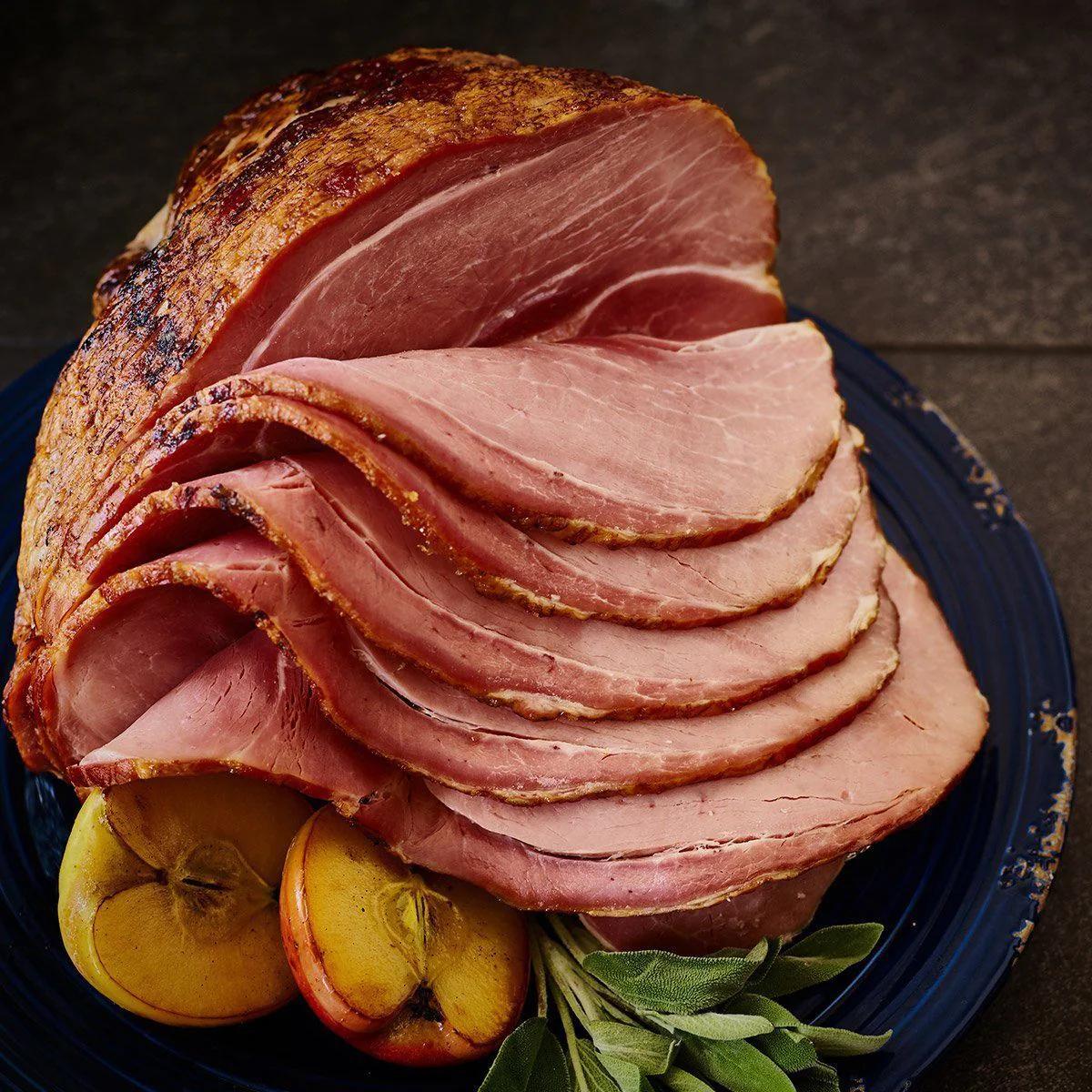Ham is a popular and versatile meat that is enjoyed in various forms and flavors. Two common types of ham that you may come across are smoked ham and unsmoked ham. While they may look similar, there are some key differences in terms of taste, preparation, and cooking methods. In this article, we will explore the differences between smoked and unsmoked ham.
What is Smoked Ham?
Smoked ham is a type of ham that has been cured and then smoked to enhance its flavor. The smoking process involves exposing the ham to smoke from burning wood chips or logs, which imparts a distinct smoky taste to the meat. This process also helps to preserve the ham and extend its shelf life.
During the smoking process, the ham absorbs the flavors and aromas from the smoke, resulting in a rich and savory taste. The smoke can give the ham a slightly sweet, salty, or even a smoky and woody flavor, depending on the type of wood used for smoking.

Types of Smoked Ham
There are different types of smoked ham available, including:
- Black Forest Ham
- Virginia Ham
- Hickory-Smoked Ham
- Applewood-Smoked Ham
Each type of smoked ham has its own unique flavor profile, which can vary from mildly smoky to intensely smoky.
What is Unsmoked Ham?
Unsmoked ham, also known as fresh ham or green ham, is a type of ham that has not been exposed to the smoking process. It is typically cured with salt and other seasonings, but it does not undergo the smoking process.
Unsmoked ham has a more subtle and natural flavor compared to smoked ham. It retains the natural flavors of the meat and is often described as having a milder taste. The lack of smoky flavor allows the other flavors, such as the sweetness of the pork, to shine through.
Types of Unsmoked Ham
There are different types of unsmoked ham available, including:
- Fresh Ham
- Country Ham
- Prosciutto
Each type of unsmoked ham has its own unique characteristics and taste. For example, prosciutto is a type of dry-cured unsmoked ham that is typically thinly sliced and enjoyed raw or lightly cooked.
Taste and Texture
The main difference between smoked and unsmoked ham lies in their taste and texture. Smoked ham has a distinct smoky flavor that can range from subtle to intense, depending on the smoking process and wood used. It also tends to have a firmer texture compared to unsmoked ham.
On the other hand, unsmoked ham has a milder and more natural flavor, allowing the taste of the pork to take center stage. It is often described as being tender and moist, with a slightly sweet and savory taste.
Preparation and Cooking
When it comes to preparation and cooking, smoked and unsmoked ham require different approaches.
Smoked ham is typically ready-to-eat and can be enjoyed cold or heated. It is commonly used in sandwiches, salads, and as a centerpiece for holiday meals. If you choose to heat smoked ham, it is best to do so gently to avoid drying it out.
Unsmoked ham, on the other hand, needs to be cooked thoroughly before consumption. It can be roasted, baked, or boiled, depending on your preference and the recipe you are following. Unsmoked ham is often served as a main dish, particularly during special occasions and festive gatherings.
In summary, smoked and unsmoked ham differ in terms of taste, flavor, texture, and preparation. Smoked ham offers a distinct smoky flavor and firmer texture, while unsmoked ham has a milder and more natural taste with a tender and moist texture. Understanding these differences can help you choose the right type of ham for your recipes and dietary preferences.
If you want to know other articles similar to Smoked vs unsmoked ham: differences in taste and preparation you can visit the Ham category.


Related Articles